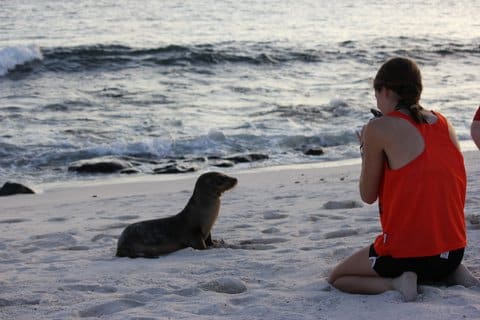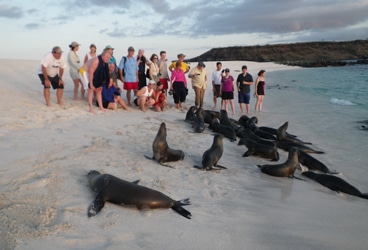
Galapagos sea lions
The first rays of sunlight pour past the curtain and dance dazzling red across the white walls of our cabin. That, and the slowing throb of the Caterpillar diesel should be reason enough to spring up and get a jump on the day, but then a speaker overhead crackles and a resonate voice declares, “Good morning, good morning, good morning, Evolution! Let me just say, amigos, it is a glorious day in the Galápagos.” As if we didn’t know already, Cesar, the ship’s hospitality manager, reminds us that breakfast will be served in half an hour. Then rocking tunes blare across the decks and throughout the 16 guest cabins of our 192-foot expedition ship.
And so begins another day in these lava-strewn volcanic islands that straddle the equator 620 miles off the west coast of Ecuador. It was here in 1835 that the seeds were planted for Charles Darwin’s The Origin of Species, and it’s here that we’ll spend a week with trained naturalists and discover on our own how plants and animals and birds and marine life have adapted in their own ways to the climate and ocean currents that converge to make this a truly unique spot on planet Earth. We’ll see, too, how delicate the balances are here, and how easily the scales can be tipped by the often competing demands of tourism, fishing, commerce, and environmentalism.
Mostly, though, all aboard Evolution will be blown away by the beauty and complexity of all that surrounds us.
I step out of the cabin, and the view from our perch on the upper deck is nothing short of spectacular. Surrounding the bay off Isla San Salvador at tiny Sombrero Chino, where we’ve just dropped anchor, spatter cones rise sharply from the sea; these mounds of lava fragments formed over the ages as lava escaped from volcanic vents on the ocean’s floor. Along their shores, gulls and frigate birds soar high overhead; to sea, boobies and pelicans dive headfirst to feast on schools of bait fish. After breakfast, my wife, Sue, and I, along with our 22 shipmates, will split up and board the ship’s two pangas, large inflatables that are our main mode of exploration. And then the morning’s adventures will commence. By noon, we’ll have spotted our first penguins, come within feet of Galápagos hawks, and watched blue-footed boobies prance about and herons chase brilliantly colored red crabs scurrying across the lava flows of Isla San Salvador. We’ll have waded ashore on Sombrero Chino and stretched our legs on well-trod trails as naturalists Boli Sanchez and Alex Cox explain the geology of how the islands were formed and delve deeply into each species of plant and animal we encounter, including the alpha-male sea lion who barks at us to show he’s king of his harem of females lounging nearby.
What a place. After lunch and a siesta to dodge the heat of the day, we’ll return with snorkels and masks and drift with the current along the narrow channel between islands. Jet-black marine iguanas slither along the water’s surface; below, a rainbow of fish dart about in schools. On a large, flat rock, a ray, perhaps six feet across, rests and ignores us as we swim within inches; white-tipped reef sharks could care less about us as we kick along above them.
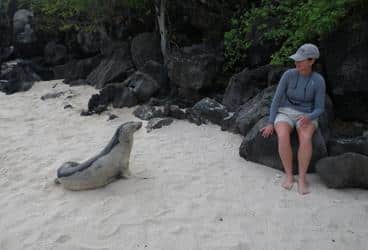
Sue Pillsbury settles in for her first encounter with a sea lion.
Sue and I are here as guests of Van Perry, the president of International Expeditions, which organizes tours of the Galápagos and runs expeditions here some 20 times a year. (Scroll down to learn about Cruising World‘s Voyage to the Galápagos) Our travels to the islands last June took us first to Miami, then to Guayaquil, Ecuador, where we joined the rest of our group at a downtown hotel before boarding a flight at the crack of dawn Saturday for the 90-minute jump across the Pacific to Isla San Cristóbal.
Once aboard Evolution Saturday afternoon, we get quickly down to business with a briefing in the saloon, a spacious area amidships with rows of chairs in the center and comfortable couches outboard. Besides being a shady, air-conditioned place to hang out during the day, the saloon is the gathering place each evening for a lecture before dinner and also the scene of wild and entertaining revelry on Tuesday night when we steam north, across the equator, to Isla Genovesa. Long after we’re home, I remember this nighttime voyage because of the birds that soared alongside the ship for miles at a time. In the morning, we wake up in Darwin Bay. Later we’ll kayak along the shore, but for now, we don snorkels, and go off in search of hammerhead sharks. Instead, we find stinging jellyfish, but no matter, it’s all an adventure. And one that gets better by the day. Wednesday evening, we climb steps set into the cliff and walk through forested highlands filled with nesting frigates, Galápagos doves, and three species of boobies: red-footed, blue-footed, and Nazca. Chicks are everywhere, and we spot one that’s just climbed out of an egg we’d seen incubating just half an hour earlier.
After six days on our own in the islands, on Friday morning we steam into Puerto Ayora, or Academy Bay, at Isla Santa Cruz, and Boli leads us ashore for a tour of the Charles Darwin Foundation campus. Here, researchers run a tortoise-breeding program to return these giant creatures to the six islands where they once roamed in great numbers. Researchers also consult with Ecuadorian lawmakers on policies to closely regulate visitors and otherwise temper human impact on the archipelago. It turns out we’re one of the last groups to see Lonesome George, the sole remaining tortoise from Isla Pinta and a symbol of environmental efforts worldwide. He died just a week later, marking the end of yet another subspecies on our planet. Later in the morning, we ride buses up into the lush green mountains to visit a sustainable coffee and sugar-cane plantation and stop at a woodlands retreat for lunch. After, we walk through forest groves and see tortoises in the wild.
My favorite part of our expedition, though, came a day earlier, when Evolution anchored near a rock formation called Devil’s Crown and we donned snorkels and masks for a final swim. The water was rough where we bailed out of our pangas and began to follow the shore, watching the fish below. And then, as we rounded a rocky outcropping, we were surrounded by sea lions swooping and diving around us. They soared up from below, stopped inches away, and blew bubbles at our masks. In groups of two or three, they spun and played tag with each other as they darted first away and then quickly back toward us, not tame, but not wary, either. Show-offs. I could’ve watched them forever, and I would, in a heartbeat, rush back to do it all again.
This article first appeared in the December 2012 issue of Cruising World. The photos in the gallery above are courtesy of International Expeditions. Evolution is one of about 80 vessels licensed for tours in the archipelago and is unique in both size and styling, which is reminiscent of the modest tour ships of yesteryear. The staff of 18 includes expedition leaders as well as a full complement of ships officers and hospitality workers.
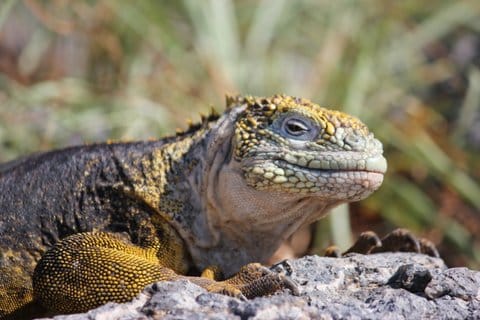
img_1460.jpg
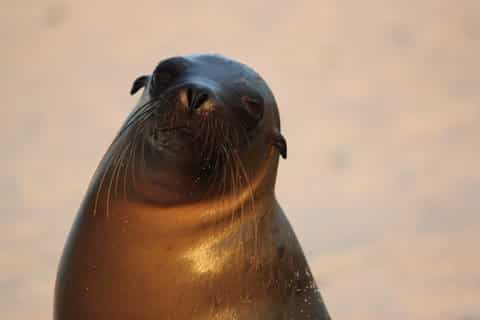
img_1909.jpg
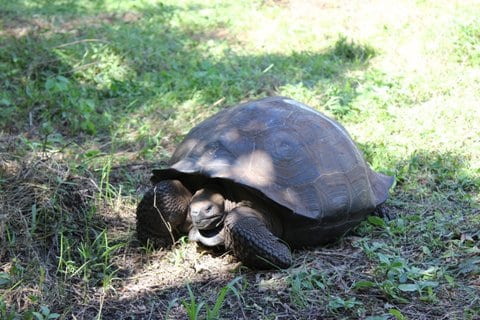
img_4010.jpg
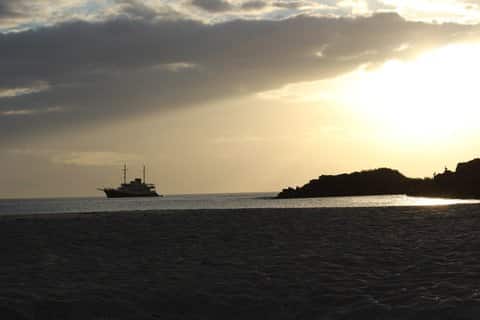
img_1344.jpg
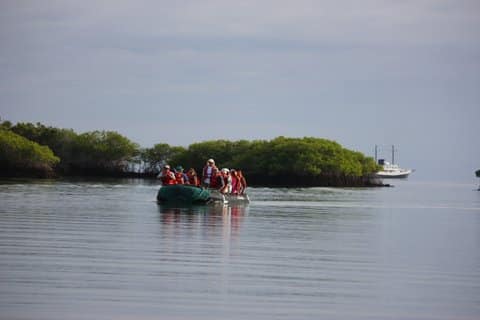
img_4311.jpg
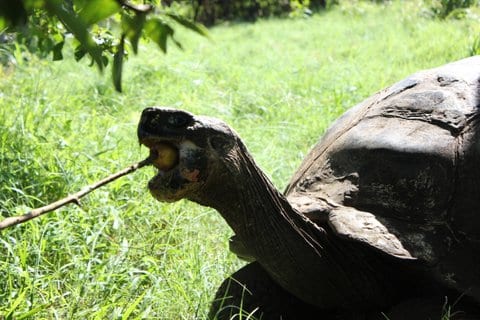
img_4023.jpg
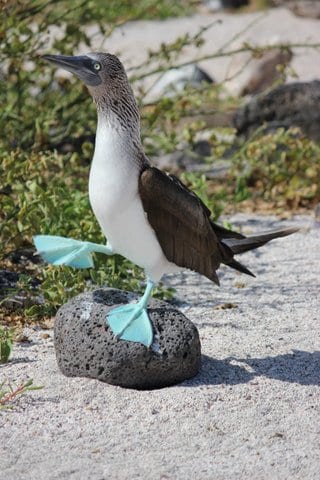
img_3378.jpg
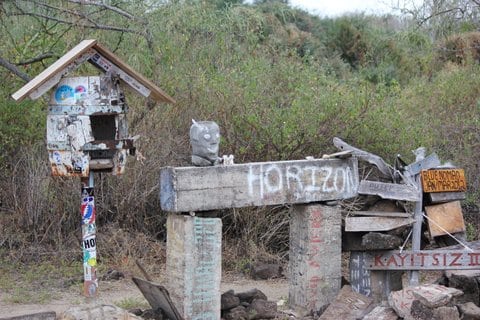
img_3682.jpg
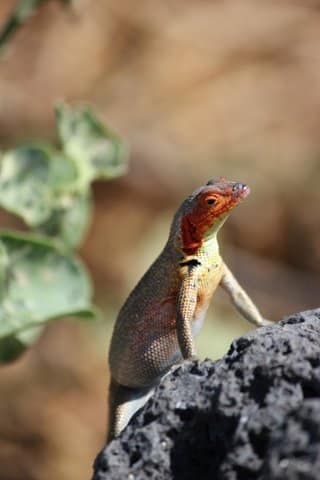
img_3401.jpg
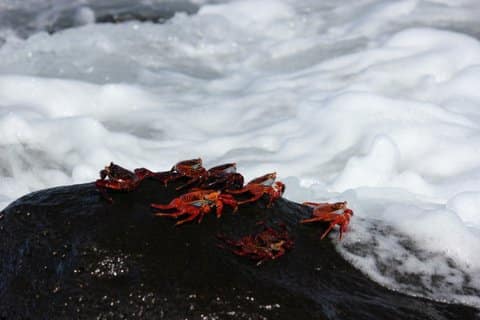
img_3371.jpg
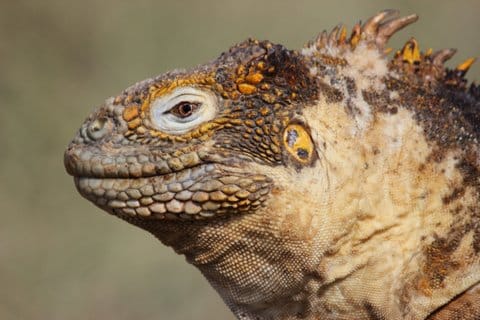
img_3330.jpg
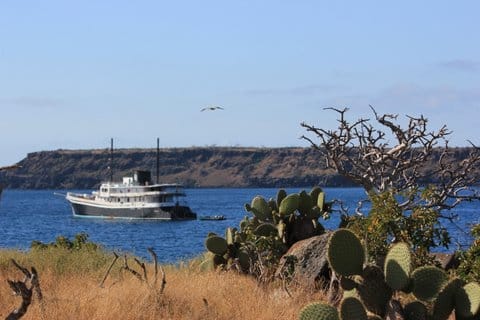
img_3268.jpg
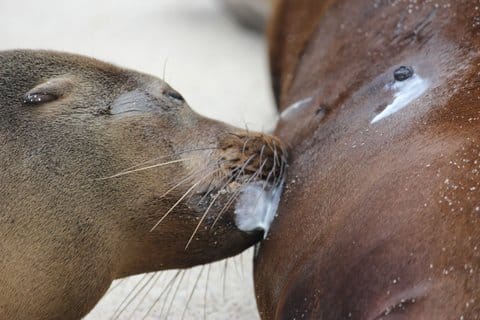
img_2921.jpg
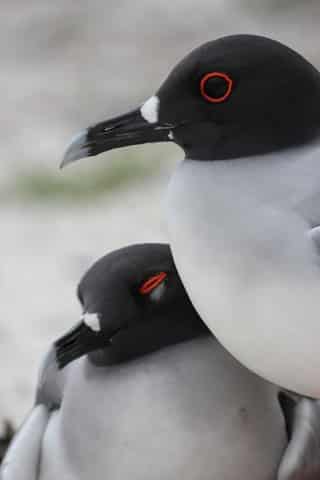
img_2890.jpg
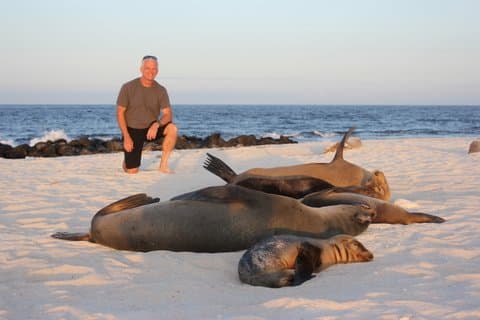
img_1915.jpg
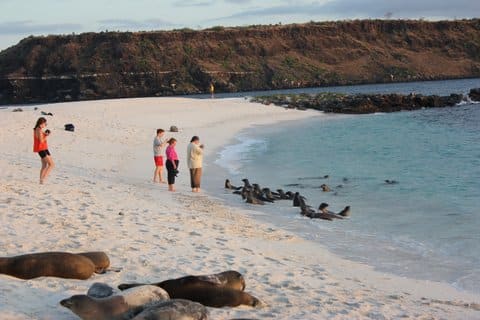
img_1927.jpg
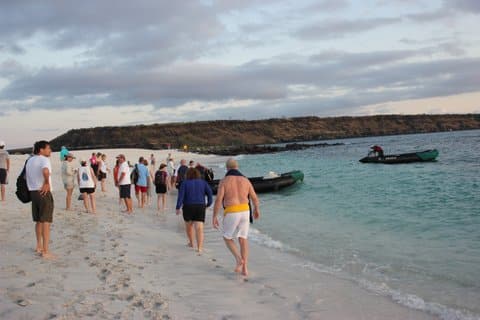
img_1947.jpg
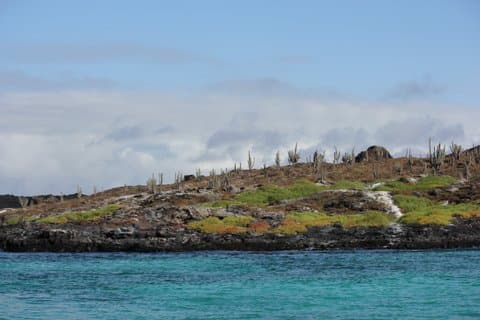
img_1995.jpg
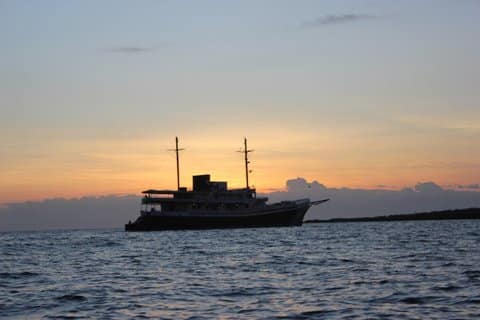
img_1971.jpg
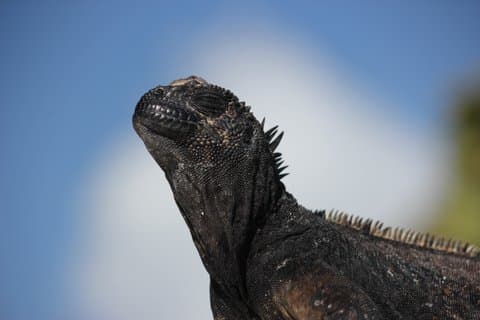
img_1464.jpg
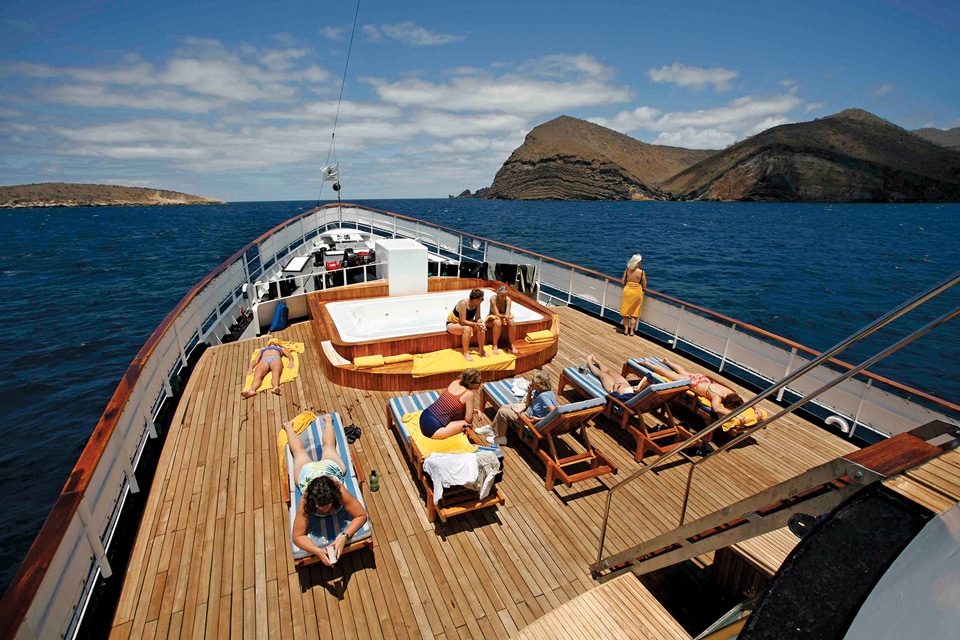
evolution-deck.jpg
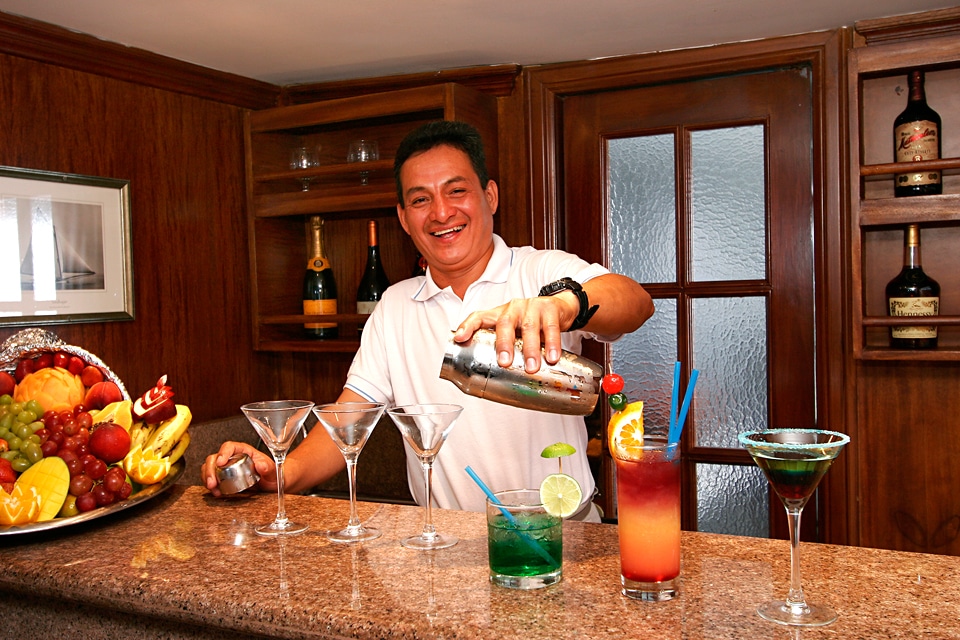
evolution-bar.jpg
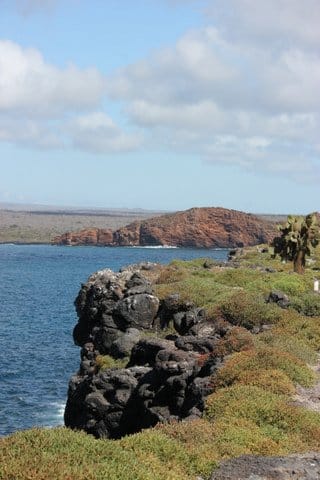
img_1593.jpg
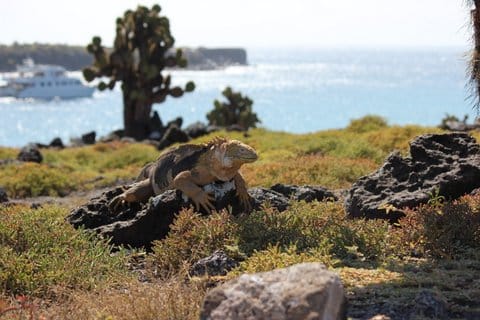
img_1567.jpg
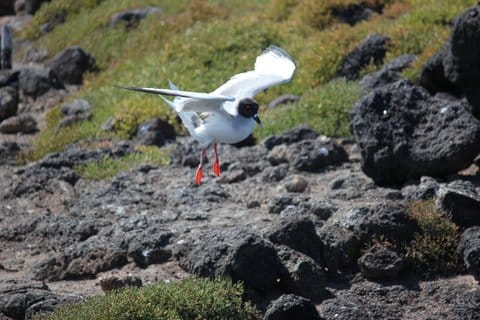
img_1617.jpg
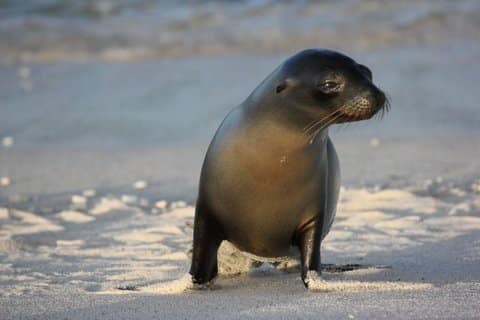
img_1798.jpg
